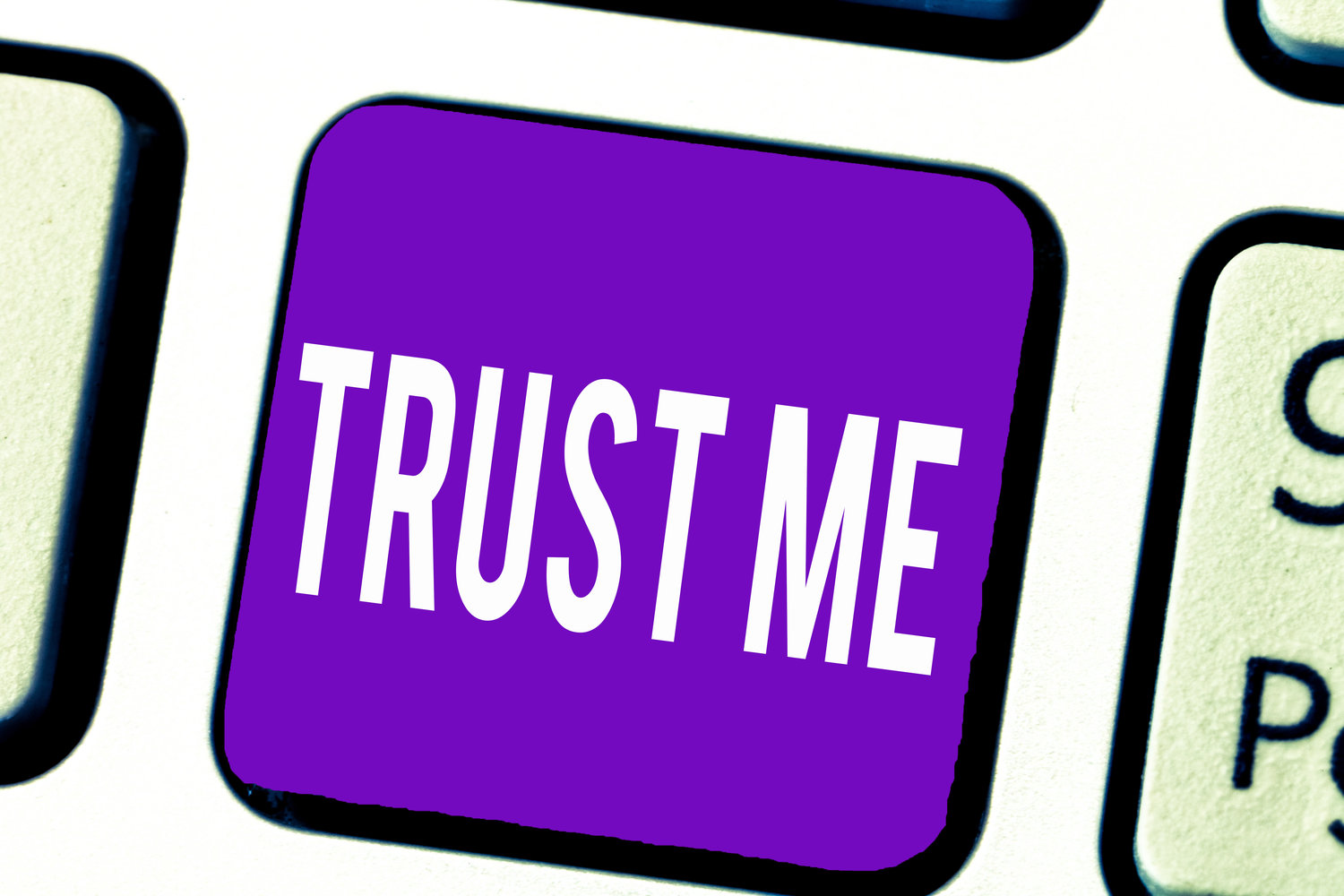Given the enthusiasm and hype surrounding Blockchain, it may confusing for some to understand why every business and institution isn’t rushing to take it up. For instance, following its $700,000 budgeted investigation into the capabilities of Blockchain, the Australian Digitial Transformation Agency (DTA) this week admitted to a lessening of its enthusiasm for the technology being particularly effective in delivering governmental services. As Peter Alexander, CDO (Chief Digital Officer) at the DTA told the Senate Estimates hearing, “without standardisation and a lot more work, for every use of blockchain that you would consider today there is a better technology.”
He went on to say, “Generally speaking when the government is engaging with someone, we want to have a trusted relationship with them.” Unfortunately, Blockchain is only good for “low trust engagement.”
Trust IS all its Cracked Up To Be
When you get beyond the overblown hype, the fact of the matter is, it is difficult to find any business or government use cases that don’t rely on trust. Computing solutions have, since their inception, been designed to answer this need; however, at some level (business and/or technical infrastructure) there is a trusted party (or parties) that facilitate transactions by providing:
Authentication of Transactors - Verifying and “vouching” for who is party to the transaction;
The marketplace - So buyers and sellers can find each other;
The Trading Floor - So transaction details can be viewed by all parties;
The Transaction - Changing the state of the parties to reflect the Transaction e.g. transferring money – one account balance goes up, the other down;
Transaction Verification - All parties confirm/agree the completed state of the transaction is correct (i.e. The account of party ‘A’ went down by $100 and the account of party ‘B’ went up by $100);
Arbitration - What happens when any of the parties do not believe the transaction met the conditions agreed to due to issues such as fraud, faulty goods, non-delivery, incorrect delivery, etc.
These provision points are essential for doing the vast majority of business, be that in commercial/government (private/public sector) marketplaces/ecosystems.
Who Do You Trust?
The touted value of Blockchain is the ability to do transactions in a “trust-less” marketplace i.e. removing the need for an intermediary, trusted parties. The premise being that, by using a distributed ledger built by using marketplace/network trusted/verified transactions, any participant can ‘do business’ using an anonymous (but known/dedicated) identity. They are able to do this because they can determine what the ‘truth is’ by creating their own ledger, using this trusted network transactions independently.
So in relation to the provision points noted above, what this means is:
Authentication of Transactors - Blockchain authenticates an ID. It does not vouch for who the party is;
The marketplace - This only works if you use the same blockchain network;
The Trading Floor - This only works if you use the same blockchain network;
The Transaction - This only works if you use the same blockchain network;
Transaction Verification - This only works if you use the same blockchain network and is currently very slow and extremely expensive in computing time;
Arbitration e.g. - This is not handled by blockchain.
As you can see, Blockchain does not cover off the majority of use cases in both Commercial and Government eco-systems.
Who Controls the Chain?
It is important for users - individuals, governments and institutions - to see through the hype and hoopla being pushed by enthusiastic vendors, many of whom many not actually understand the technology (and its inadequacies). To do this it is important to understand a few things.
First, Blockchain networks come in a myriad of incompatible varieties; for instance, Bitcoins can’t be used on an Etherium blockchain network. Even two Etherium networks can’t spend each other’s currency. The result is a random collection of currencies which cost a hefty amount to exchange for another currency - be that real or crypto. (Fees are unregulated and the actual value of said crypto currency can vary massively, even on the same day.) One could say the it is comparable to, if not worse than, travelling and spending in Europe, prior to the Euro.
Additionally, party ‘A’ needs to have an ‘account’ within whatever particular network is in question and party ‘B’ must have an account in that network as well. Think of the thousands of regional banks - which, in this instance, equate to networks - that exist in the world and extrapolate that to internet-scale and you can get some idea of the result: a massive mess.
It is also important to know that, in an attempt to mitigate the requirement failings inherent in majority of Blockchain-based Proof of Concepts, proponents and vendors have:
Created closed Blockchain networks to make the Proof of Concept easier to manage;
Tightly control who can use the network;
Pick one ‘flavour’ of Blockchain, which is difficult due to a bugs, version and architectural incompatibilities;
In many cases, control the Blockchain wallets of the participants (including private keys).
These mitigations negate the much touted Blockchain ‘benefit’ of removing a trusted third party/intermediary and, as noted above, does not ‘tick all the provision point boxes’ required for doing good business.
The issues with Blockchain technologies aren’t limited to crypto currencies; they apply to any assets that are tokenised in a Blockchain. This includes such things as the much hyped smart contracts from the likes of Etherium, which are equally locked into specific, individual Blockchain networks and isolated from any other networks.
There is no standard as to how, or even if, this will ever be resolved. The result is a muddled mess of isolated, competing Blockchain networks that have no standard set of policies, practices or legal protections.
It is, perhaps, ironic that the vast majority of Proof of Concept use cases can be achieved, with all ‘boxes ticked’ and trust intact, far faster, cheaper and more securely, using other technologies instead of a Blockchain equivalent.


